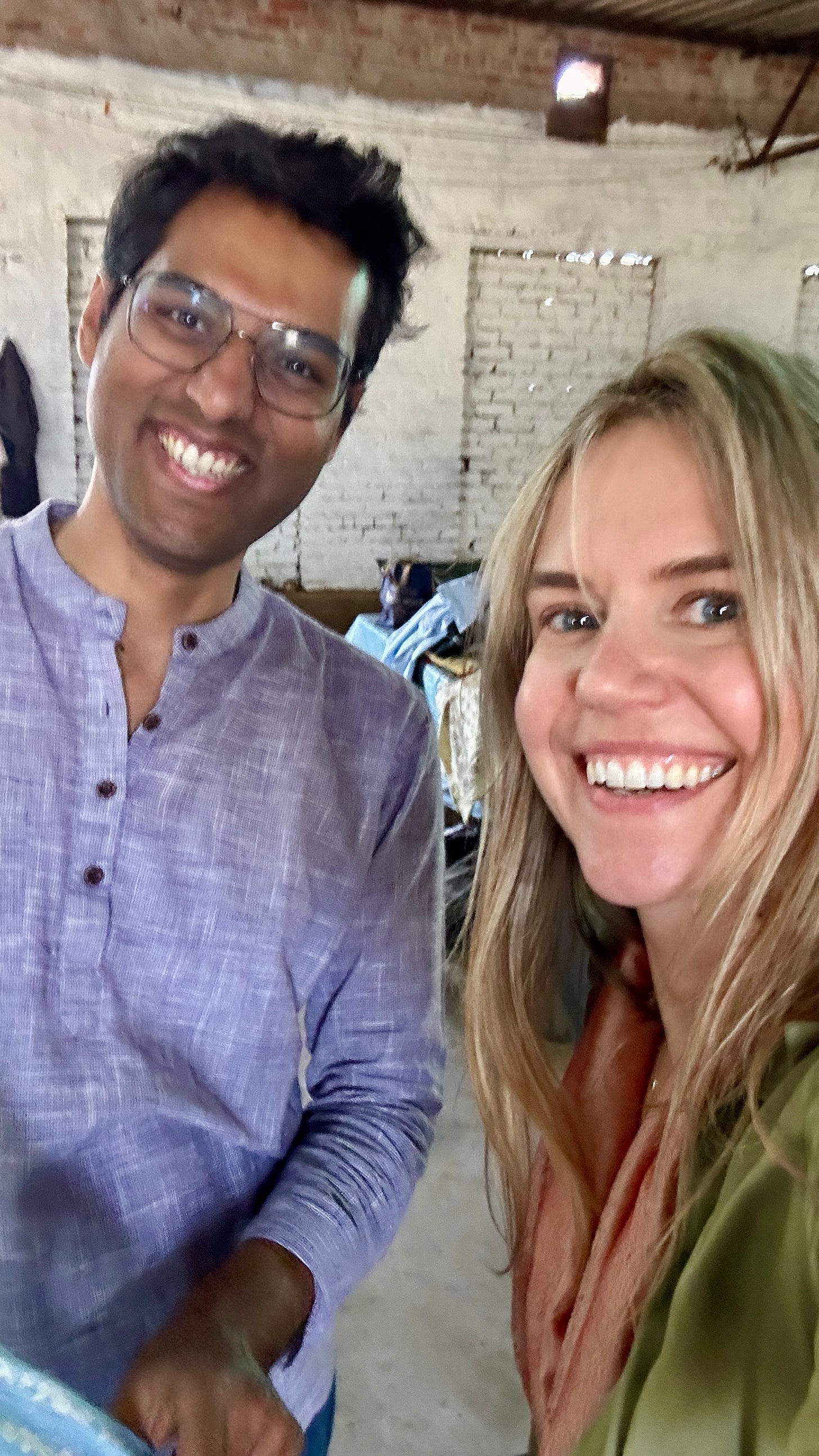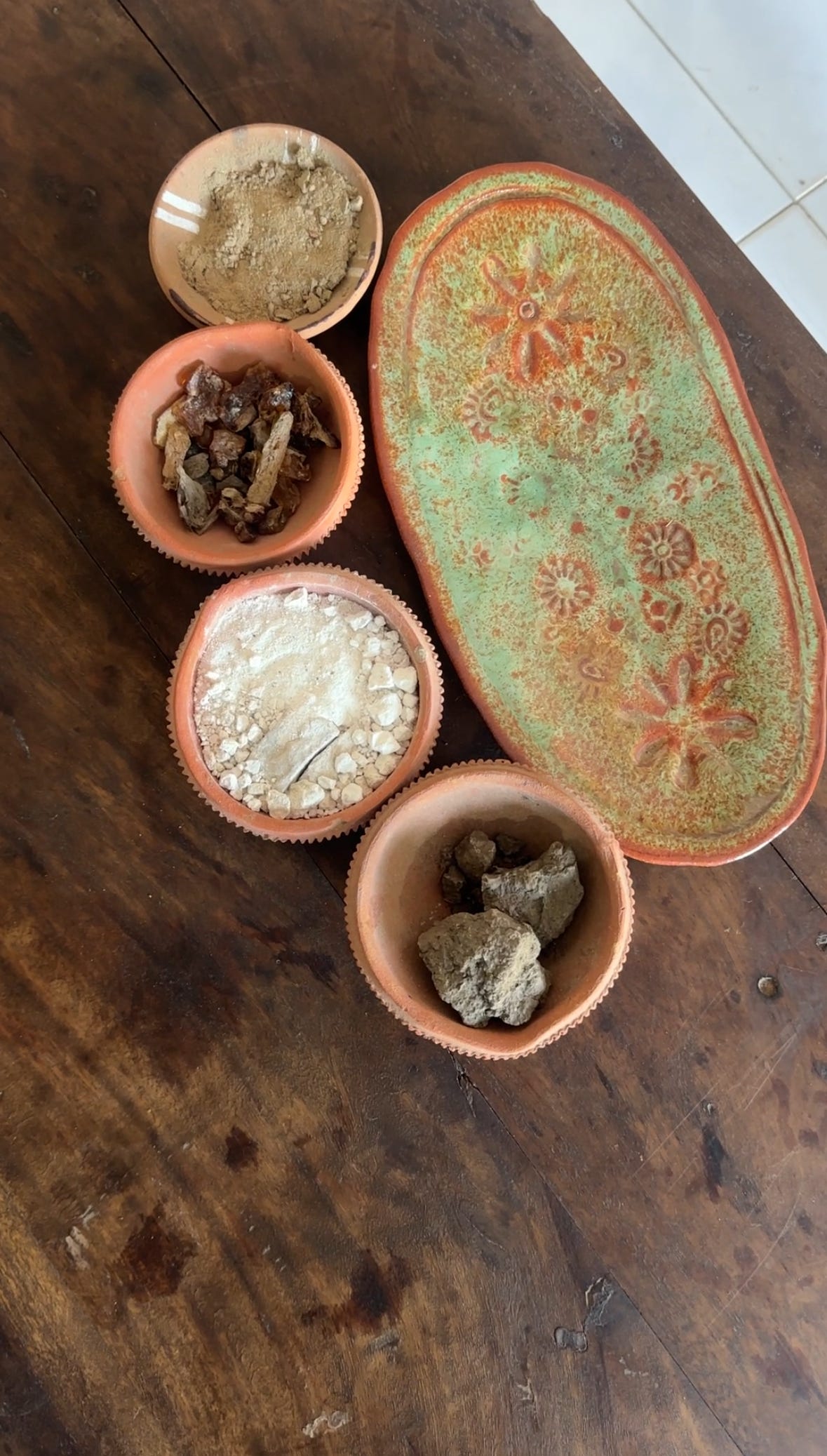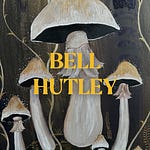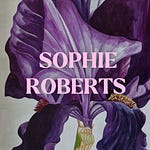You may or may not have noticed via our Instagram account that for the past few weeks I've been travelling around India sniffing out creativity, gathering stories and championing processes where sustainability lies at the heart.
Last week, I was lucky enough to be shown the traditional craft of mud resist block printing and natural dyeing, a centuries-old technique practiced by artisans in India. During a hands-on workshop at WabiSabi Projects based outside Jaipur in Rajasthan, I learned the intricate steps involved in creating beautiful textile designs using natural materials and age-old methods. Below, you can follow the fascinating process, including the careful preparation of the mud resist paste and the dyeing process.
- Prepare the Mud Resist Paste -
The first step in this ancient process involves creating a mud resist paste. But this isn’t just any clay—it’s a special type of clay from a local pond, sourced from the very center where it has been preserved for centuries. The unique composition of this clay, with its high levels of toxicity and elasticity, allows it to resist both dye and liquid, which is essential for the next steps.
To create the mud paste, the clay is mixed with lime (calcium hydroxide) and water, which then undergoes an overnight soaking. This mix is what gives the paste its necessary properties to resist dye while still being malleable enough for printing.
- Adding Acacia Gum – The Magic Ingredient -
Next, we add acacia gum to the mixture. This tree sap, collected directly from the acacia tree, is a vital part of the paste’s structure. The gum itself is quite sticky and gooey, so it needs to be soaked in water to release its natural thickness, making it easier to mix with the clay and lime. This addition enhances the paste’s ability to adhere to fabric, ensuring that the resist will work effectively during the dyeing process.
- The Unique Gluten – Recycled for Craft -
Here’s where things get really interesting! To make the mud resist paste even more effective, we add rotten wheat gluten, a local practice that may sound unusual but is deeply rooted in sustainability. The process begins with wheat grains that have been stored for a long time. Naturally, some of these grains attract bugs that feed on the starch in the wheat. What the bugs leave behind is a form of gluten—pure and untouched by digestion.
This gluten is then sifted to remove any leftover granules before it’s mixed into the paste. This step ensures that the mud paste is smooth and free from any clumps that could disrupt the block printing process. Recycling and reusing materials is a core principle in this craft, and it’s a brilliant example of how sustainability is woven into the fabric of traditional textile arts.
- Block Printing Begins -
Once the paste is ready, it’s time to print. The mud resist is carefully stamped onto fabric using traditional wooden blocks. The areas where the paste is applied will remain untouched by the dye later on.
One of the remarkable things about this technique is the distinct texture the paste leaves behind, giving the printed areas a raised, almost tactile quality. These prints are allowed to dry, and the fabric is ready for the next step—dyeing.
- The Indigo Dyeing Process -
Now for the fun part—the dyeing! At WabiSabi, the preferred dye is indigo, a beautiful natural dye known for its deep blue hues. But indigo dyeing is no simple process; it’s a cold dye, meaning the fabric is dipped in the indigo vat at room temperature, but it requires multiple dips to achieve the desired color.
After the first dip, the fabric will appear a light shade of blue. With each subsequent dip, the color intensifies, becoming progressively darker. The fun part? The mud resist begins to crack slightly as the fabric reaches its saturation point, creating a beautiful marbled effect. This cracking is a sign that the mud resist has “reached its limit” in terms of dye absorption, and the fabric is now ready to be rinsed and dried.
-The Finishing Touch -
Once the dyeing is complete, the fabric is left to dry naturally. The areas that were covered by the mud resist paste remain white, while the rest of the fabric is now a rich indigo blue. The result is a stunning pattern, a beautiful fusion of the resist technique and the deep, organic color of indigo.
---
Mud resist printing is unique in several ways. Unlike other resist methods like batik (which uses wax), mud resist has a natural limitation. Batik, for example, can be applied in layers and repeatedly reworked, while mud resist only allows for a certain number of dye dips before the resist starts to break down. This creates a more organic and unpredictable outcome, adding character to every piece.
The beauty of mud resist block printing and natural dyeing lies not just in the stunning end results but also in the rich, sustainable processes behind them. From using natural materials like clay, acacia gum, and indigo to incorporating recycled wheat gluten, every step embodies a commitment to sustainability and tradition.
At WabiSabi Projects, these techniques are celebrated and preserved for future generations, reminding us of the power of handmade artistry and the incredible stories woven into every thread to create one-of-a-kind-pieces.
For more information and videos please visit our Instagram profile.
Farleigh
Founder, FARLY
















